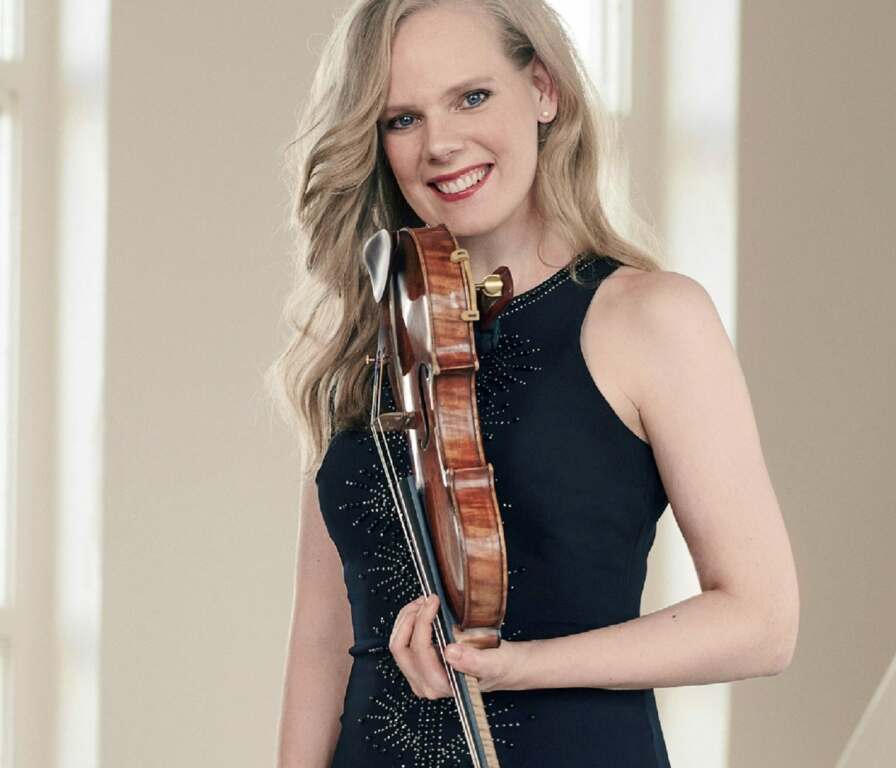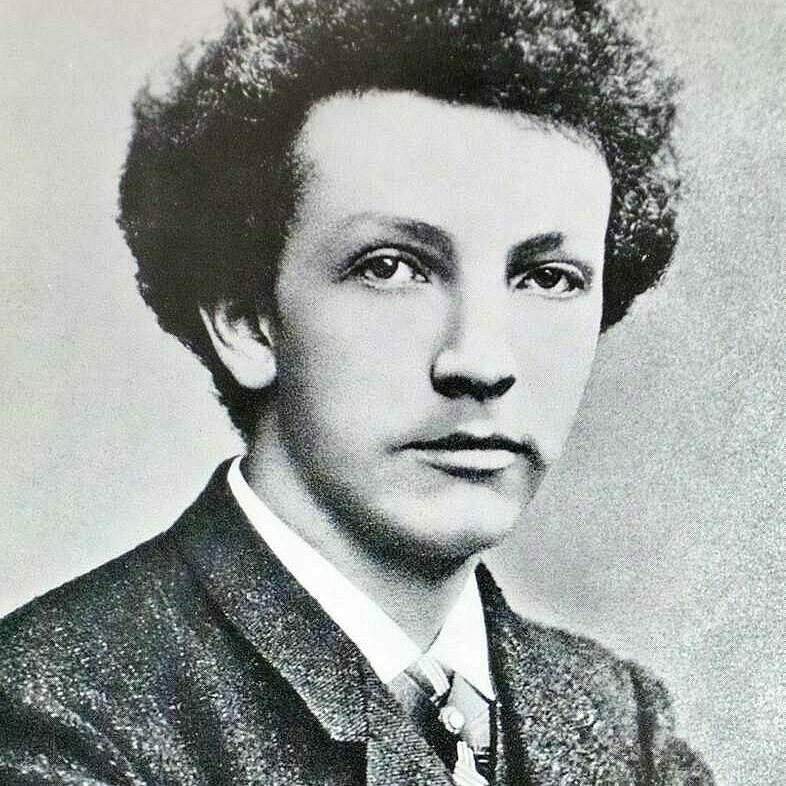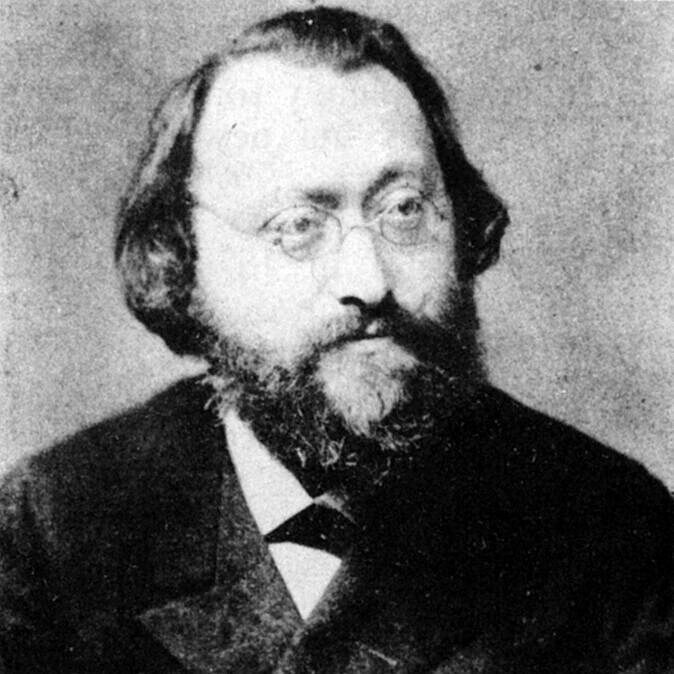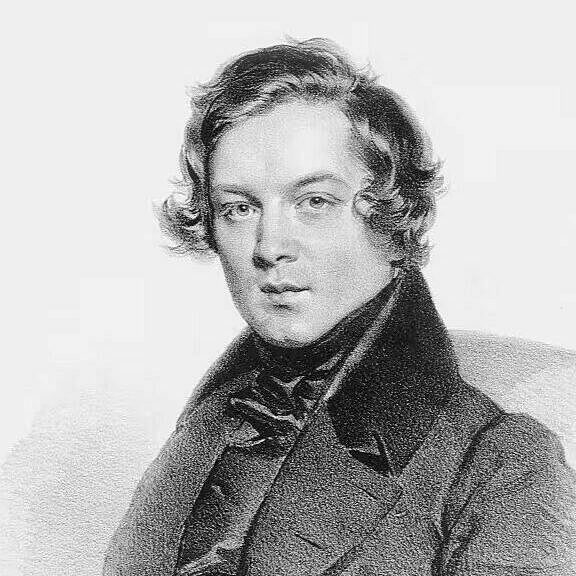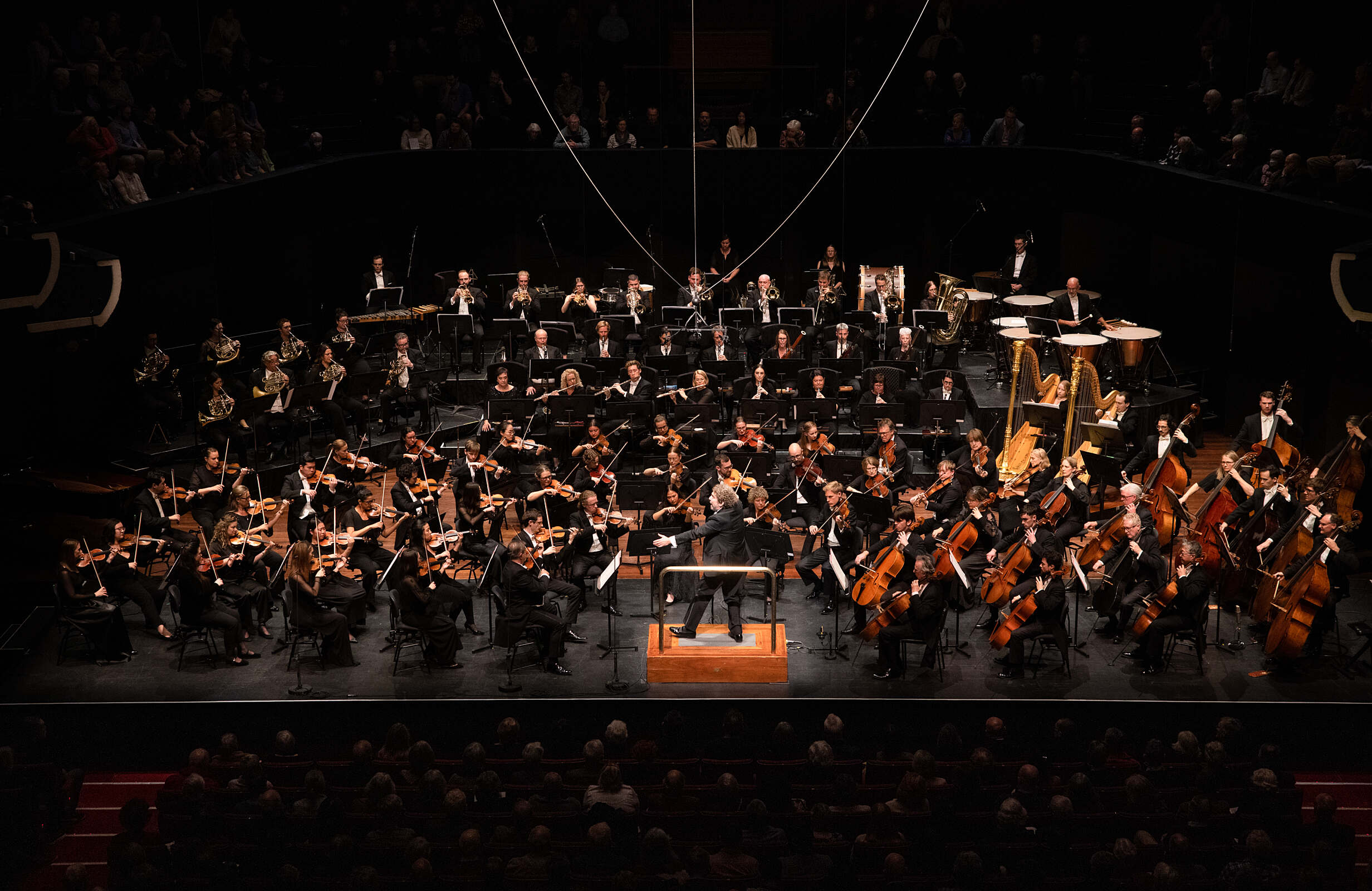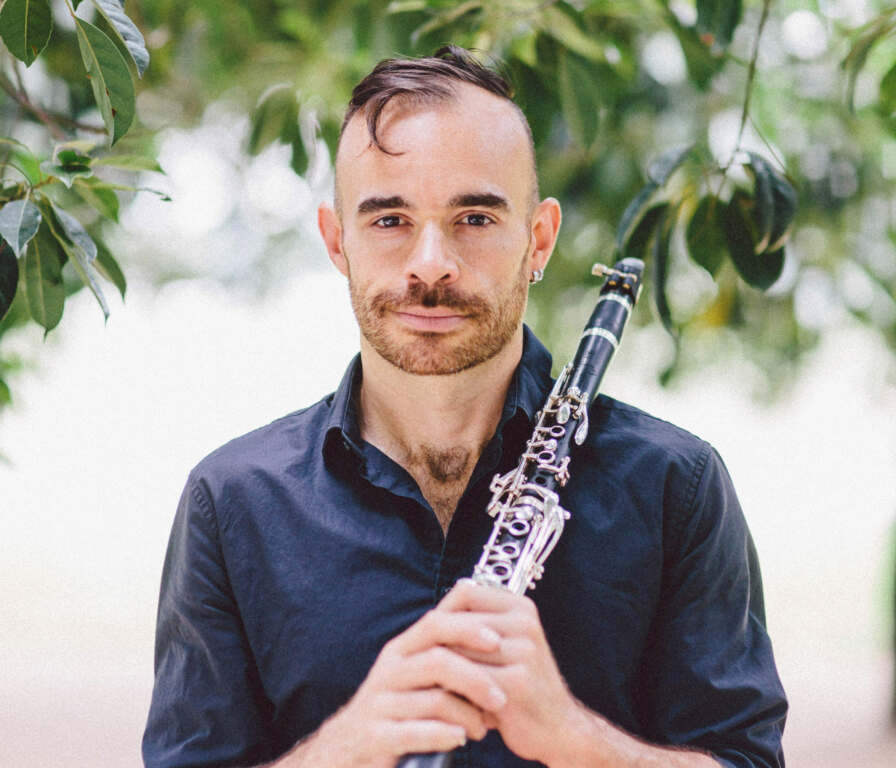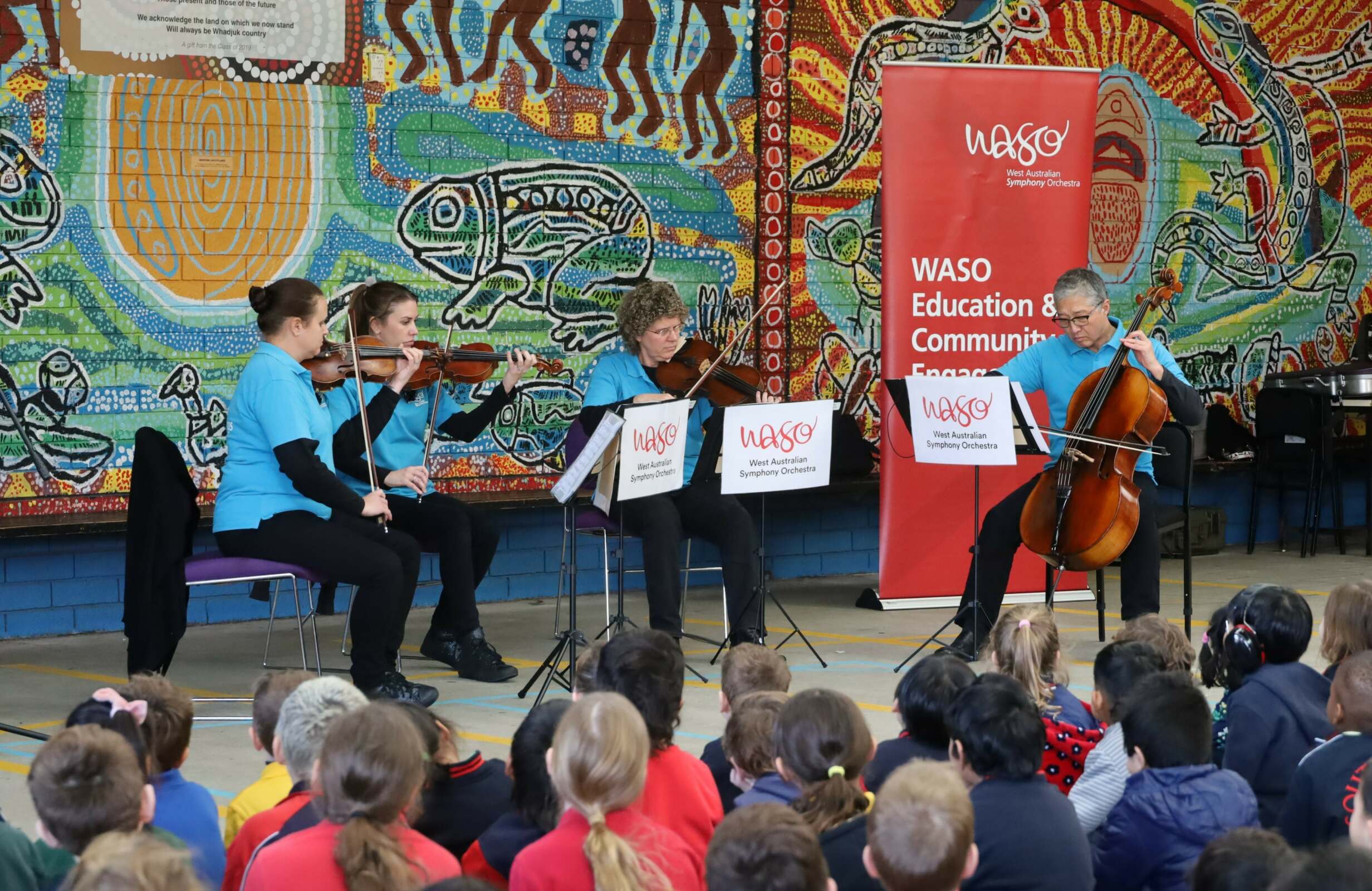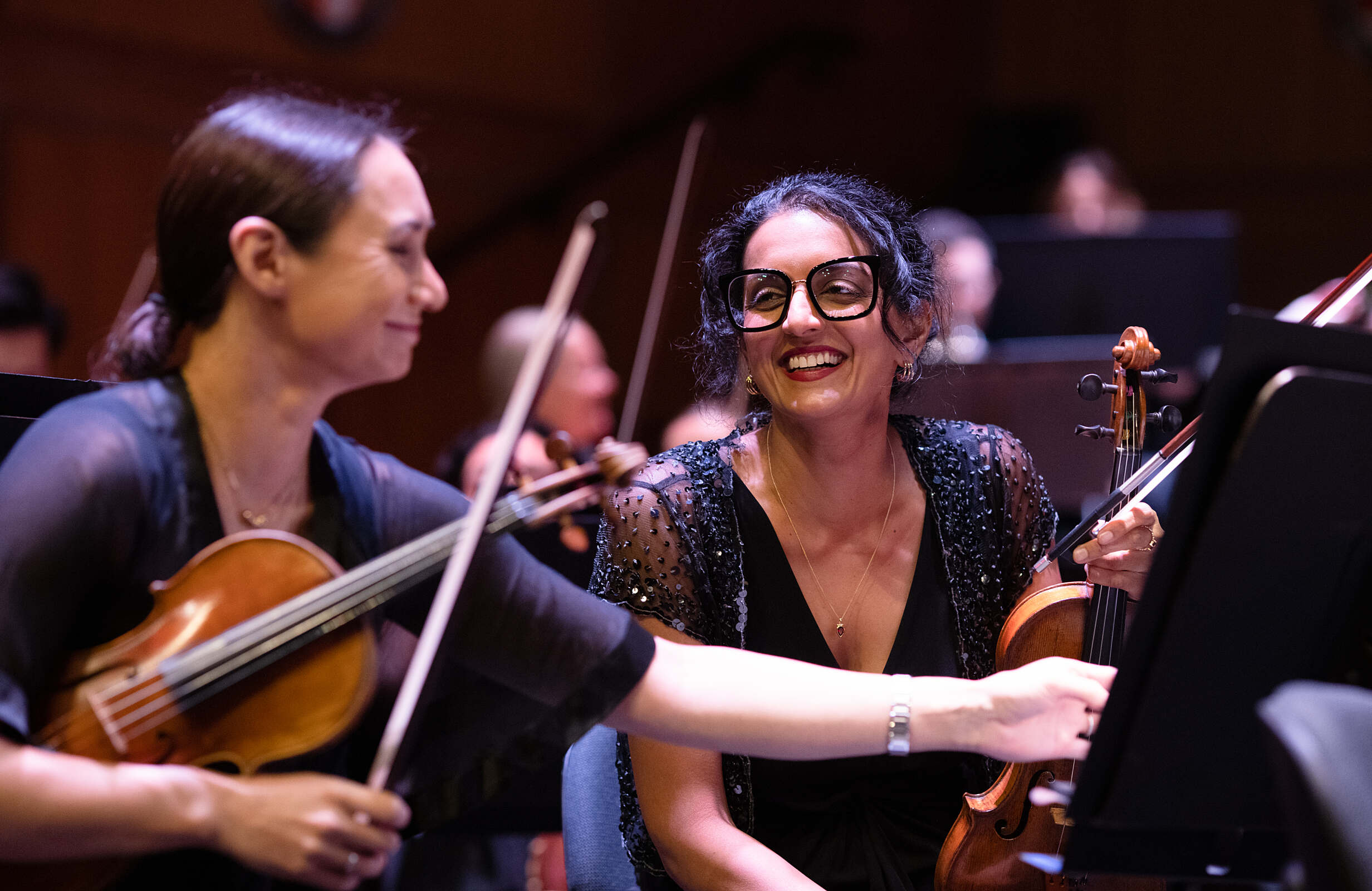Robert Schumann
(1810-1856)
Symphony No.4 in D minor, Op.120
Ziemlich langsam [Rather slow] – Lebhaft
[Lively] – Romanze (Ziemlich langsam)
[Rather slow] – Scherzo (Lebhaft) [Lively] –
Langsam [Slow] – Lebhaft [Lively]
This symphony was composed during the happy first year of Schumann’s marriage toClara Wieck, which had been resisted with almost legendary fierceness by her father, Friedrich. By September 1841 (less than two weeks after the birth of their first child, Marie), Clara was able to write in her diary, ‘My birthday was a day filled from morning to night with enjoyment and happiness. Robert surprised me with so many things, his completed Symphony in D minor…’
The music cannot have come as a complete surprise to her, however: as Clara wrote in her diary some four months earlier, ‘Yesterday [Robert] started another symphony…[I can hear] D minor sounding wildly in the distance, so I already know in advance that it is again a work created out of the deepest soul.’
Nor had this ‘completed symphony’ yet achieved its final form. Schumann was unsatisfied at its first performance in Leipzig in 1841, and put it aside. A revised version was presented ten years later, and it is this which is generally played today.
The work succeeds primarily on thebasis of its structural brilliance. As Hans Gál says, ‘The Fourth Symphony is [Schumann’s] most ingenious experiment in form, an amazingly successful attempt at unifying the four movements of a cyclic work without altering their individual character and structure.’
A precedent for a large-scale unified cyclic work existed in Schubert’s Wanderer Fantasy. Schumann was no doubt at one stage sufficiently conscious of the Wanderer’s precedent to call this work a ‘Symphonic Fantasy’. Schumann’s Fourth Symphony, says Gál, is:
…music of irresistible momentum, a marvellous union of continuous improvisation and close construction, and its four movements, linked by thematic threads, are in ideal balance and magnificently contrasted…In Schumann’s symphony, the thematic lay-out progresses from one movement to another, new inventions emerging while the former ones reappear in variation as if it were an act of spontaneous recollection.
The work begins with a slow introduction, a strongly phrased motif which extends to a 28-bar paragraph, one of the main pillars of the structure. This introduction segues into the main fast section, having anticipated the fast section’s opening material.
The continuous semiquaver movement of the Lebhaft (Allegro) motif is hard to stop and therefore Schumann draws his subsidiary motif from the same material. With a limited pool of themes to expound upon, Schumann leaves till later, to the development section, a genuinely contrasting lyrical melody, and the responsibility for providing an impressive climax. Because the opening material has been sufficiently presented in the exposition, a customary recapitulation is unnecessary. There is a pause on a held note and we almost slip into the slow movement.
The main feature of the Romanze is an elegiac oboe melody. With the return of triple metre and a tempo similar to the opening of the symphony, the opening motif from the first movement sees the opportunity to re-enter, providing an interlude-like passage. A contrasting middle section extends this opening motif into a soft, expressive tune while a solo violin elegantly paraphrases it. The elegiac oboe returns, the music pauses, and without more ado, the Scherzo is launched.
This is vigorously scored with driving imitation in the lower strings. The trio turns out to be an old acquaintance: the graceful figuration that the solo violin had added to a motif in the Romanze.
The Scherzo returns and then Schumann, following the example of Beethoven in his Fourth, Sixth and Seventh Symphonies, lets the trio come back once more, but this time slowed down so that we may move without interruption into the opening section of the finale (Langsam).
With the striking fortissimos of the final allegro section, we have another moment of recognition, for here again is the climactic music from the first movement, capping off the gradual build-up of tension and effect. It is this sense of inevitable momentum and intense accumulation that provides the listener with so much enjoyment. Critics may praise unity and balance – the work’s skilful links put one in mind of Wagner’s observation that all composing is, at the base of it, the art of transition – but it is this symphony’s sense of inevitable progress and triumphant release that really draws the listener in.
Adapted from a note by Gordon Williams
Symphony Australia © 2002
First Performance:
6 December 1841, Leipzig. Gewandhaus Orchestra conducted by Ferdinand David.
First WASO Performance:
9 September 1944. Percy Code, conductor.
Most Recent WASO Performance:
17-18 November 2017. Asher Fisch, conductor.
Instrumentation:
two flutes, two oboes, two clarinets, two bassoons, four horns, two trumpets, three trombones, timpani, strings.



